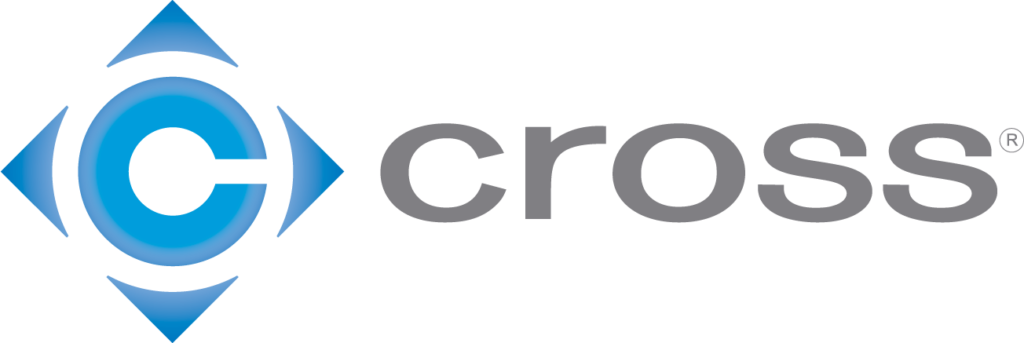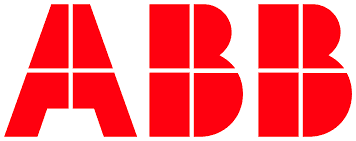Off-Road Steering for Hydraulic Machines
Lynn Charlson, self-taught inventor, designer, and mechanical genius, was a pioneer in the field of hydraulic power, and founder of the Char-Lynn Company in 1942. Back in the 60’s and 70’s, low-speed high-torque motors and steering valves were referred to simply as “Char-Lynns,” because, the name was so synonymous with the device. Just like “Coke” was (and still is to much of the world) to all soft drinks of that type.
One of 94 earned patents, he invented and patented the first Steering Control Unit (SCU) for off-road equipment in 1961. Combining a rotary servo valve and gerotor element, he set the standard that is closely followed by Danfoss (formerly Eaton), who acquired Char-Lynn back in 1972, and its competition today. So dominant was Char-Lynn in the steering business then, and now through Danfoss, their world market share is over 80%.
Types of Steering Control Units
Torque Generators
Off-road steering can be achieved by a Torque Generator, which is an SCU with an output shaft. With a steering wheel on the input side and a hydraulic boost to the SCU, the resulting rotary output shaft torque is amplified beyond the operator input torque by the hydraulic system – all while maintaining a mechanical link between the steering wheel and existing vehicle mechanical steering components, such as a worm gear type gear box. There are many other uses for a torque generator where a mechanical link requires excellent flow metering and increased torque, beyond which an operator can be expected to provide.
Full Hydraulic Steering Control Units
Full Hydraulic SCUs do not have an output shaft. Instead, they supply metered hydraulic fluid to a vehicle’s linear hydraulic steering cylinder or rotary hydraulic motor driven steering linkages.
Electro-Hydraulic Steering Control Units
Electro-Hydraulic SCUs are being applied to more and more vehicles as a switchable (manual steer or electro-hydraulic) unit or as an all-electro-hydraulic unit that can be mounted virtually anywhere on the vehicle. This type is not linked to a manual steering wheel/column. Intelligent steering functions like parametric steering, auto-guidance/steer systems, joystick control, position sensor based steering wheel, and unlimited software features and potential, provides steering flexibility never before seen. Agriculture and Material Handling are early off-road market leaders for EH steering.
Sizing an SCU For An Off-Road Vehicle
Assuming you are working with an “Ackerman” type steering system on your vehicle, there are a few simple steps to determining the “size” of SCU that will be required. A great resource is the Danfoss “Steering Catalog” no. C-STOV-MC001-E2. Specifically the sizing and application section. Take a look at the 8 steps:
For more information, take a look at the full Steering Catalog from Danfoss Powersource.
Circuits
There are some basic hydraulics to be familiar with in order to build a usable model code for an SCU. At this point in the process, it’s best to consult with a certified fluid power specialist offering one of the premium hydrostatic steering product lines like Danfoss. If your vehicle has other hydraulic functions, you will need to choose between a fixed displacement pump, (with power beyond or an external flow divider) or a variable volume pressure compensated pump.
An open center SCU is used with fixed displacement pumps and if auxiliary functions require downstream flow, the “power beyond” feature is chosen or you may be installing a separate flow divider between the pump and SCU.
A closed center SCU is used with a variable volume pressure compensated pump. Multiple functions needing varying amounts of flow simultaneously is usually most efficiently handled with this type of pump and SCU.
Load sensing requires a separate “priority valve” and can be used on both fixed and variable displacement pumps. It provides the operator with consistent “feel” irrespective of changing loads brought on by terrain and vehicle loading.
Load reaction steering is what a car has. That is to say, when you are turning a corner, if you release the steering wheel, the axle forces are allowed to return the steering wheel (axle) to its approximate original position. Non-load reaction does not return the steering wheel to center when released, but maintains the steering wheel (axle) position.
Finally, SCU’s can be equipped with many “integral valves” to simplify the circuit and avoid having to “line mount” similar valves. Examples would be Inlet relief valve, manual steering check valve (this should always be specified in your SCU), Inlet check valve (prevents steering wheel kickback), load sense relief valve, cylinder port relief valves (used where extreme ground forces could cause pressure spikes), and anti-cavitation check valves for the steer cylinder ports. Learn more about steering units with integral valves in this diagram from the Danfoss Steering Catalog.
Also, your SCU distributor should be able to design/supply an SCU bolt on the manifold for more custom circuit designs unique to your application. Page 13 of the aforementioned Danfoss steering catalog has a chart that illustrates the relationship between SCU displacement and the steering wheel force required to provide steering cylinder pressure in a lost power scenario. Bottom line? Smaller displacements provide for higher cylinder pressure for a given steering wheel manual input torque.
Resources Are Available
There are many other special features available for SCUs that automatically or manually give the operator two steering speeds. This allows for fast maneuvering during work cycles and then back to normal speed when transiting over the road. Also, when larger steering displacements are required to do the application, in order to have manual “lost power” steering, a second smaller displacement can be added integral to the SCU. There are many other special features that are designed for articulated vehicles and the unique problems they represent.
It bears repeating again, have a look at the referenced Danfoss steering catalog to get a better understanding of what’s out there and how to apply it. Also, that local certified fluid power specialist is only a phone call away. Contact a Cross Mobile Systems Integration expert to discuss your project and see how our team can help raise quality and improve your efficiency.




